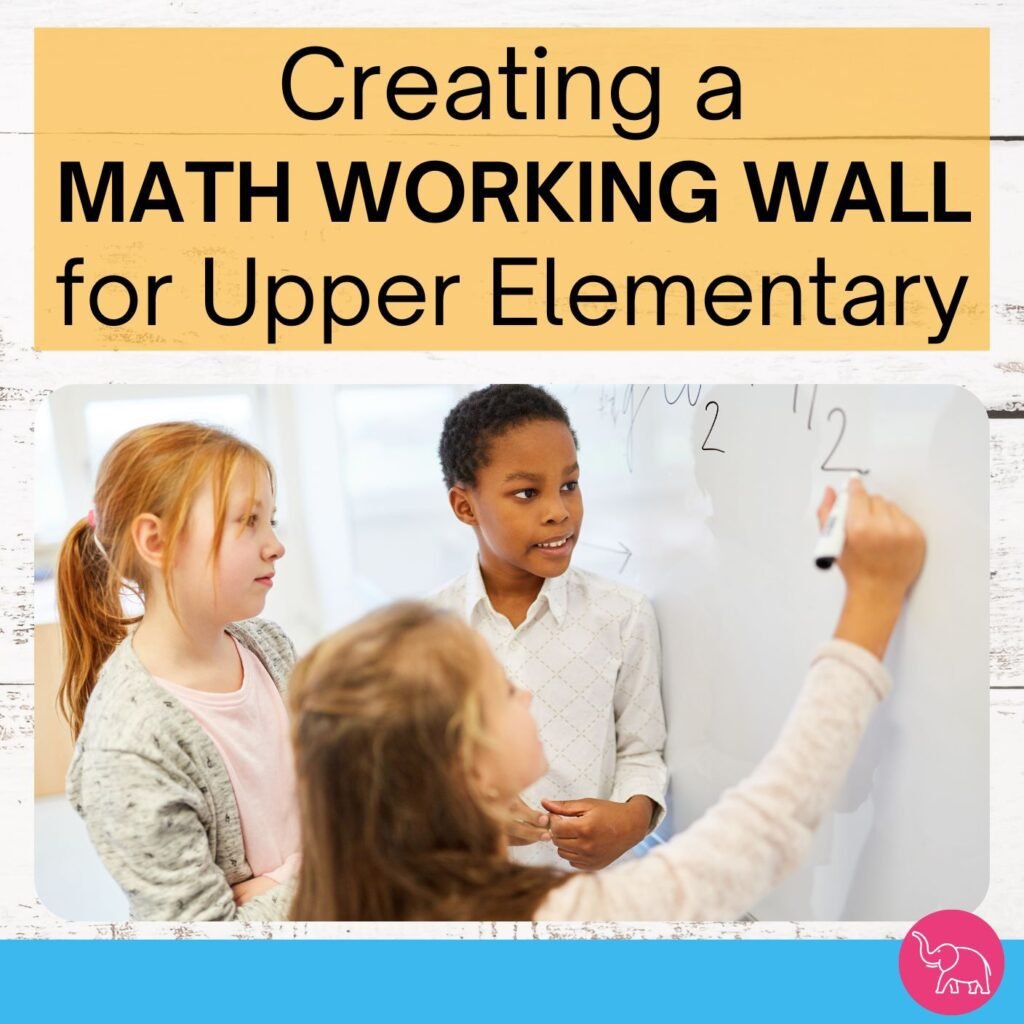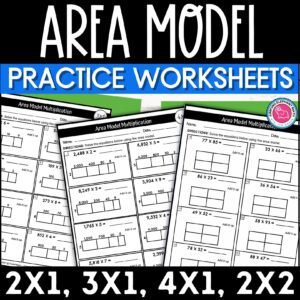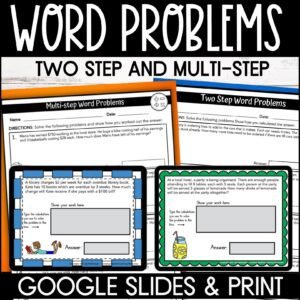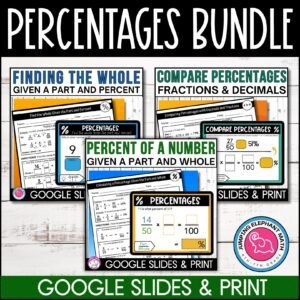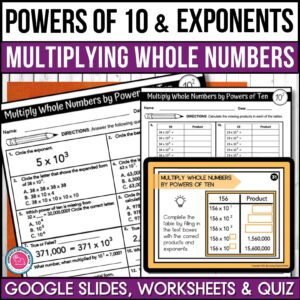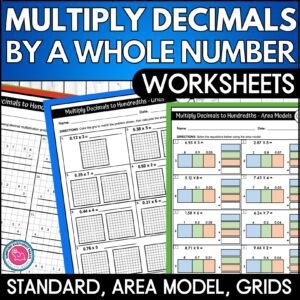The Value of a Math Working Wall
When I first started teaching I was lucky enough to have a teaching aide who was incredibly creative. I’d ask her to think of a creative way to display student work and I always loved seeing the excitement and pride these displays ignited in my students. It is thanks to her that I learned the value of well thought out, organized and innovative displays in class and it inspired me to enhance and refine my approach to creating a more effective math working wall.
What is a math working wall?
A math working wall is an interactive display that teachers use to support learning of a concept. In my classroom, it follows a learning journey through a math unit, for example, long multiplication or division. It is used within lessons to model and reinforce vocabulary, concepts and methods and it evolves as learning does. It is an effective teaching tool and point of reference for students. Working walls should develop the following:
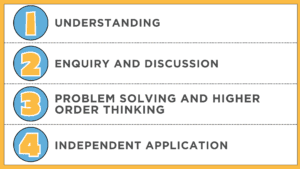
They should also be accessible for all your students.
Components of an Effective Math Working Wall
As the teacher, you know your class and students best, their unique learning styles , needs, and challenges. Rather than prescribing what I believe is best for your students, I’ll outline a range of options for you to consider using, either to guide what you include on your working wall or as ideas for labelling your math working wall. Just select those that you feel align best with your students’ preferences and the unit of work you are teaching.
- Key math vocabulary for the topic with definitions and/or visual representation for each.
- A learning objective or WALT (We are learning to…)
- Success criteria
- Learning theme/Unit of study
- Student progress/ Learning journey
- What we already know
- Where we aim to be (This can be daily, weekly or by topic)
- Steps along the way
- Today’s learning
- Reflections on learning
- Tips and hints for problem solving
- What do we already know that can help us?
- Watch out! or Remember! (address common misconceptions and errors)
- Questions (use for interaction, active learning and to develop reasoning skills)
- How will you solve this?
- FInd two ways to solve this problem
- Agree or disagree?
- Can you find the error?
- True or False?
- Always/Sometimes/Never
- Explain this
- Odd one out
- Mission impossible (see below for explanation)
- Two truths and a lie
- If this is the answer, what is the question?
- Mind maps
- Examples of student work
- WAGOLL (What A Good One Looks Like) and WASOLL (What A Sad One Looks LIke)
- Proud moments or achievements
- Our tools and resources for success
- Manipulatives
- learning resources
- Supporting materials
- Fun facts or did you know?
- Quotes
- Diagrams and models
- Where can I learn more? Here I might add book references or websites to explore)
Tips for Using and Maintaining a Math Working Wall
- When I organize my working wall I find it helpful to consider four stages of a learning journey:

This makes the wall a true extension of classroom teaching rather than a static display. I look at my working wall and think does it reflect these stages? Working walls can often get cluttered and I find that using these key areas can also be helpful in keeping my working wall focused and purposeful.
2. Start and end lessons at the working wall. Start by recapping prior learning and remind students of the learning objective. End with a reflection on the day’s learning. Use this information on what went well, progress and any difficulties to update your working wall.
3. Create opportunities for students to interact with the working wall. One particularly effective activity in my experience involves a set of five questions labeled “Mission Impossible,” each increasing in difficulty from levels one to five. These questions are written on cards that students flip up to reveal. This activity is typically conducted as a whole-class exercise to promote participation and learning among all students. The objective is to successfully tackle each level in consecutive order. This is really popular in my classes and always fosters lively discussion and higher order thinking.
4. Store as much of your display as possible in a topic labelled zip up folder. Laminate and store any items that can be re-used such as vocabulary labels. Add a quick reference list of all the items in the folder at the front.
5. Take photos of your working wall at regular intervals and store these photos in the working wall folder dor that topic. This serves as a helpful reminder of how your working wall evolved and what you might do differently or the same. Annotate the back of the photos with dates and comments.
6. Your working walls will needs to be visible and accessible for all students to see and use. This means displaying them in a central place with room for students to interact with the wall.
7. Sticky notes are great for student interaction. They are quick and easy to use and place on the board and I can remove them each day and see if there are any learning gaps or common errors that need to be addressed.
Disadvantages of Working Walls
It’s crucial for teachers to carefully evaluate whether a working wall is effective for their classroom. While working walls can be beneficial in promoting student engagement, interaction, and learning, they may not always be the best fit for every classroom setting. Several factors should be considered in this assessment.
Working walls can take time to maintain. It needs regular and consistent updating to align with the curriculum and learning objectives and teachers have limited time. You may find the maintenance and upkeep is too time consuming and detracts from instructional time. Be realistic about what you can achieve. Your working walls can evolve over time as you build up a bank of items such as key words labels, model answers and questions and prompts. A working wall should be organized and helpful rather than something worthy of an Art Institute.
You will need to refer to your working wall consistently with your class and on an ongoing basis. Without doing so, your working wall quickly becomes irrelevant or has the same purpose as a display.
In some classrooms, space constraints can pose a significant challenge and will not accommodate the use of a working wall. Limited wall space may also restrict the size of the working wall and how much can be added. You can find yourself constantly moving and re-arranging items on the wall.
Conclusion
Creating an effective math working wall in upper elementary and middle school classrooms can greatly enhance students’ learning experiences by providing a dynamic and interactive resource.
By carefully considering the components of a working wall and implementing strategies for its use and maintenance, teachers can foster deeper understanding, critical thinking, and engagement among their students. However, it’s essential for educators to acknowledge potential challenges, such as time constraints for upkeep and space limitations in the classroom.
Despite these obstacles, a well-designed math working wall will serve as a valuable tool for supporting student learning and growth in mathematics.

